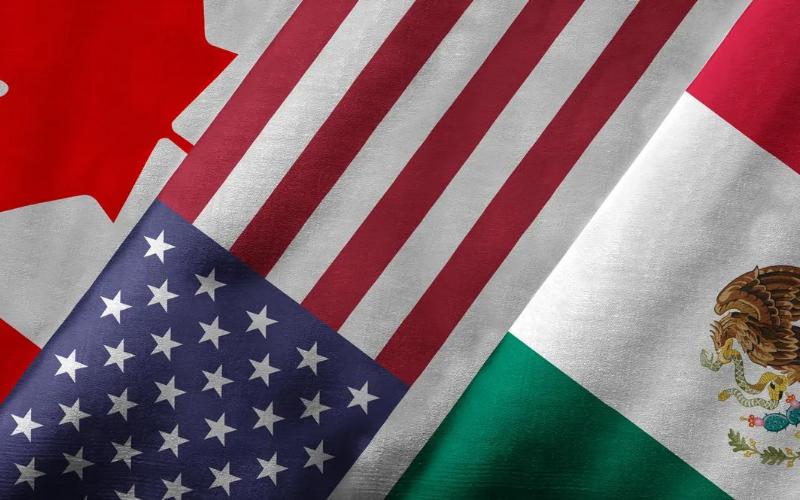Biodiversity on the Brink: How Global Supply Chains Worsen the Tropical Ecosystem Crisis

The research, a collaboration between the Technical University of Munich’s School of Management and Life Sciences and ETH Zurich’s Institute of Environmental Engineering, highlights how restoration efforts in temperate regions are offset by ecological devastation in the tropics.
Hidden Costs of Ecosystem Restoration
Conservation efforts in regions like Spain, Italy, Greece, Turkey, Russia, Kazakhstan, Japan, the U.S., South Africa, Chile, and New Zealand have led to local successes. Initiatives such as reforestation, conversion of farmland to pastures, and habitat restoration have mitigated biodiversity losses, reducing global potential species extinction rates by 0.11% since 1995. These restored areas improve ecosystem services, including climate regulation and soil preservation.
However, the data reveals that such achievements come at a grave cost to tropical biodiversity. Nearly 80% of land-use changes in tropical regions stem from the export of agricultural commodities to high-income countries.
Main Drivers of Biodiversity Loss
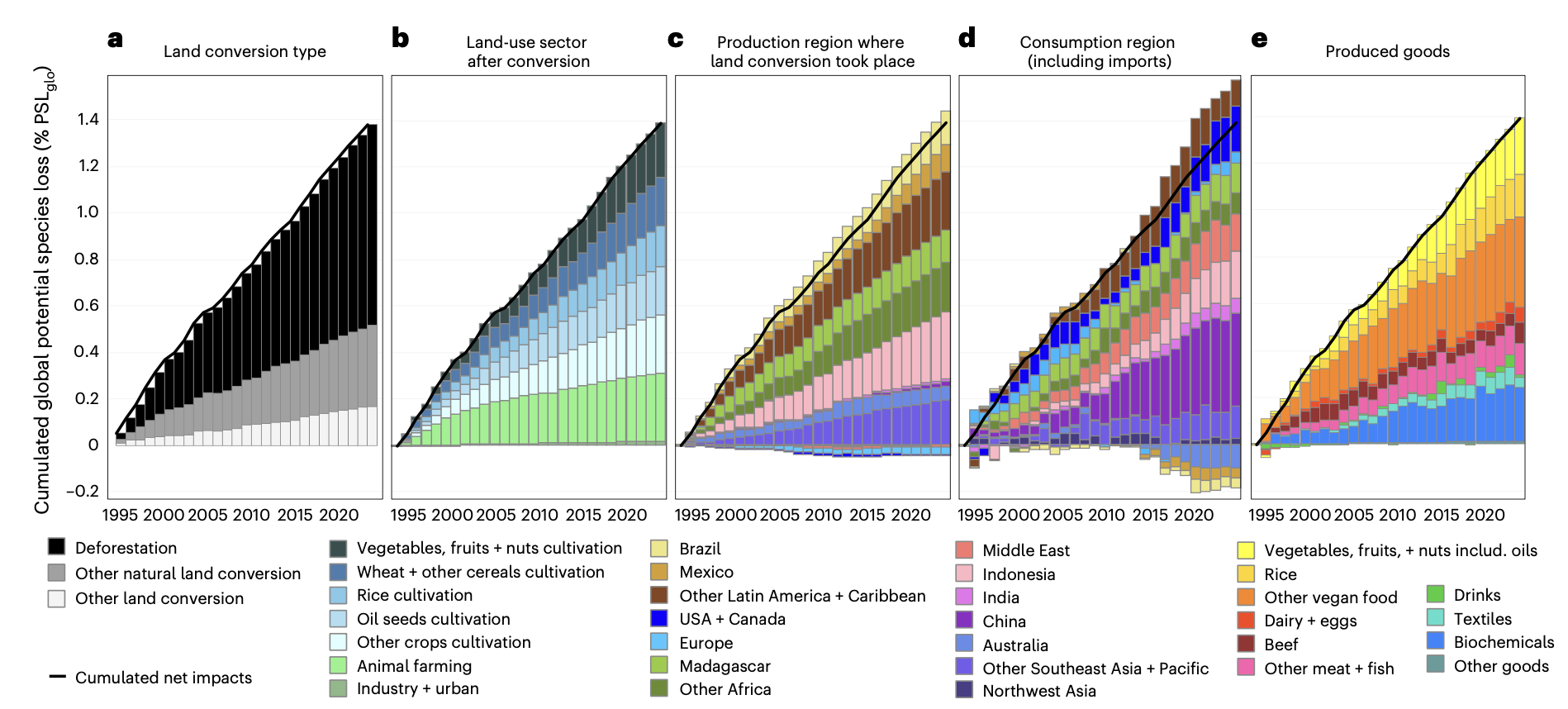
-
Land-Use Change
- Deforestation: The conversion of tropical forests into farmland is a primary driver of biodiversity loss.
- In Brazil, this is linked to cattle ranching and feed crop production.
- In Indonesia and Malaysia, palm oil plantations are a major factor.
- Conversion to Pastures and Croplands: Habitat destruction for agriculture in the tropics decimates species.
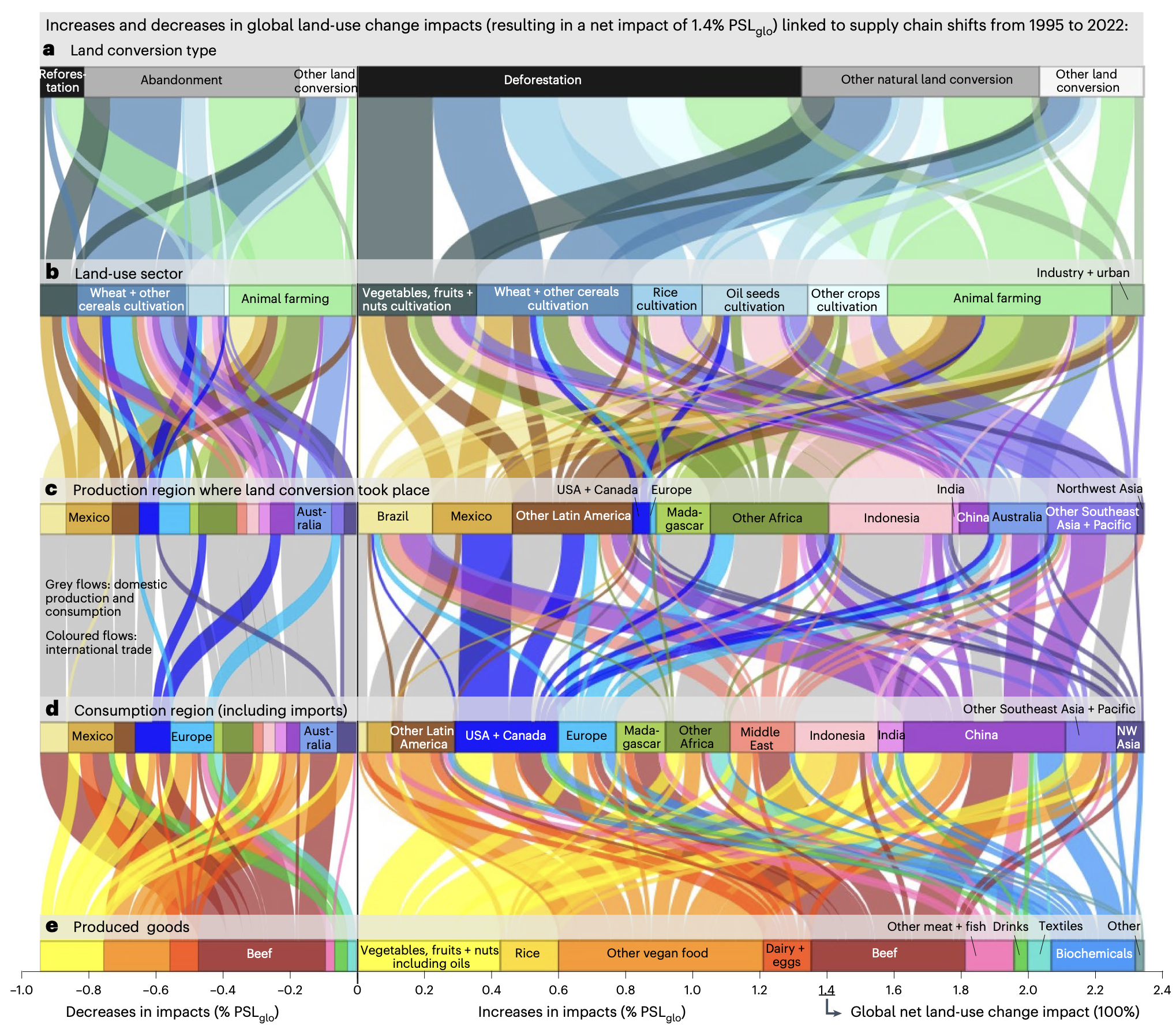
-
International Trade in Agricultural Goods
- Over 90% of biodiversity losses tied to land-use change are driven by global trade.
- Major exporters: Latin America, Africa, Southeast Asia, and the Pacific.
- Major importers: China, the U.S., Europe, and the Middle East.
-
Intensive Agriculture
- Monocultures such as soy, corn, palm oil, and rice severely impact ecosystems.
- Agriculture accounts for 72% of biodiversity loss, while grazing contributes 21%.
-
Climate Change
- Temperature shifts and altered rainfall patterns exacerbate biodiversity loss, especially in the tropics.
-
Land Degradation and Fragmentation
- Secondary landscapes have less biological value than primary ecosystems.
-
Rising Demand for Livestock Products
- Livestock requires extensive land for pastures and feed crops.
- In Brazil, 70% of biodiversity loss is tied to beef exports.
Regional Hotspots for Biodiversity Pressure
Latin America- Brazil: Deforestation for cattle ranching contributes 70% of biodiversity loss, driven by beef exports and feed crop production.
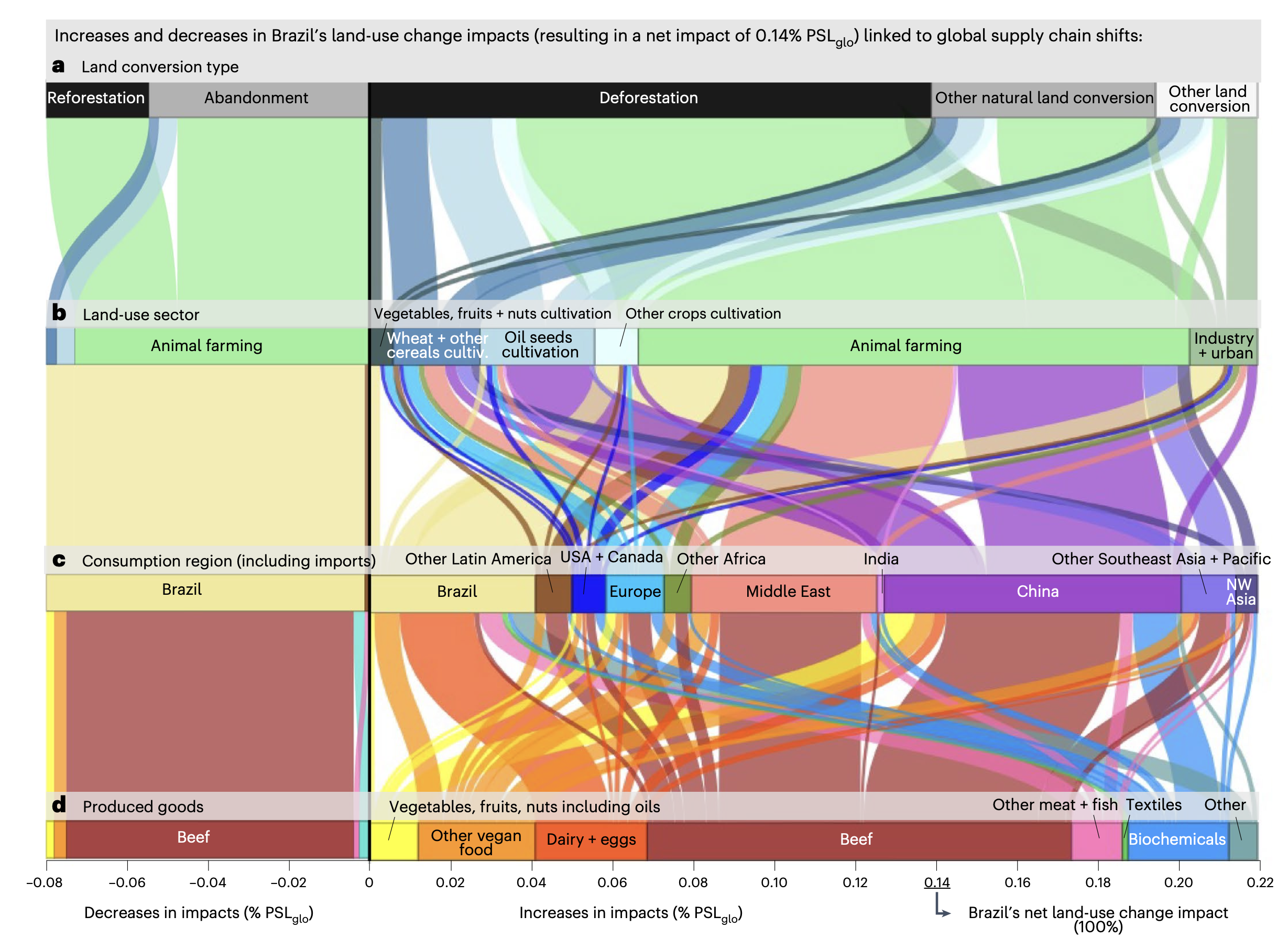
- Mexico: Land conversion for fruit, vegetable, and sugar production fuels U.S. imports and biodiversity loss.
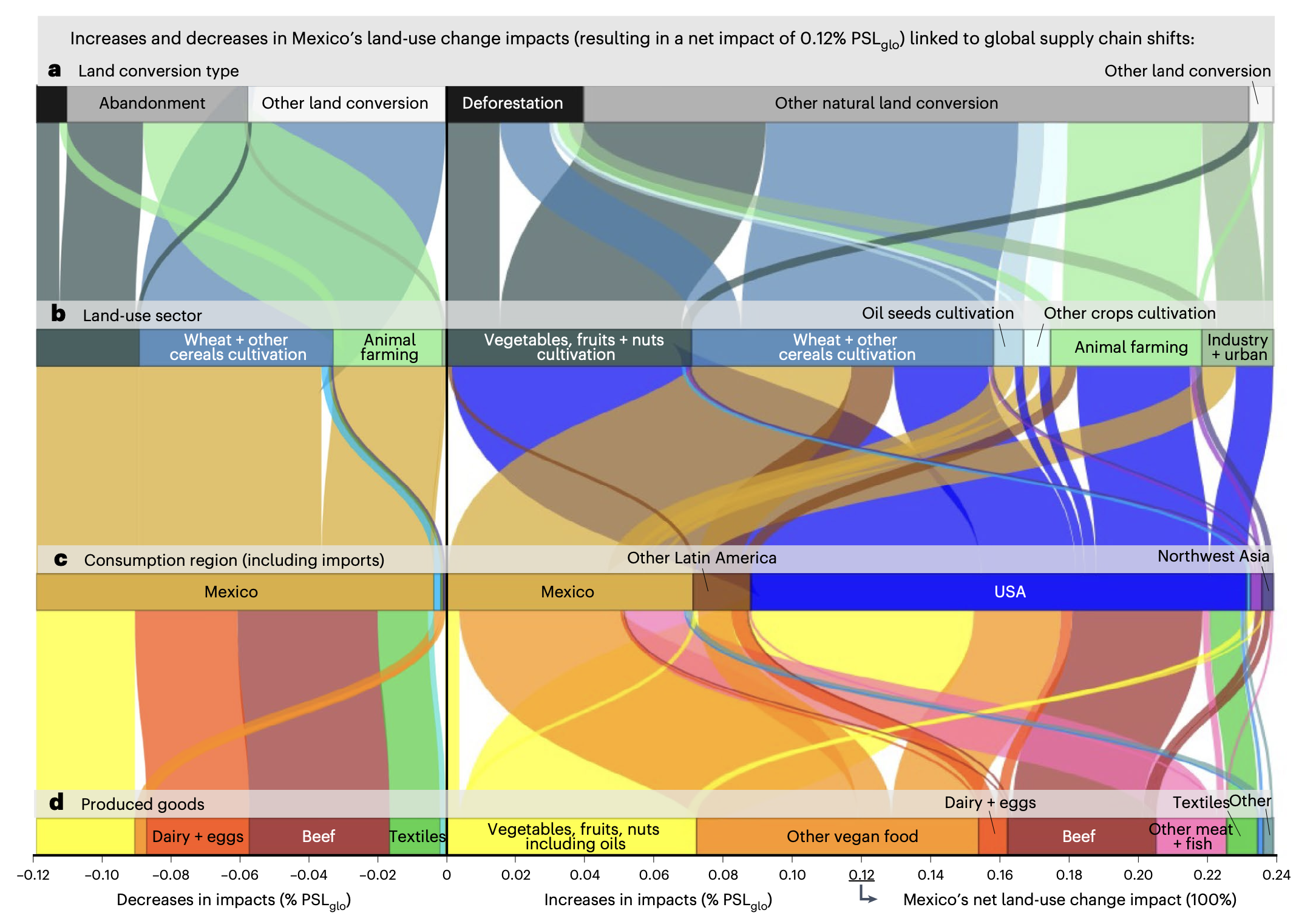
Africa
- Madagascar: Vulnerable ecosystems suffer from deforestation for agriculture.
- Nigeria and South Africa: Increased production of beef, dairy, and crops has led to significant land-use changes.
Southeast Asia and the Pacific
- Indonesia and Malaysia: Palm oil production drives 5% of global land-use changes.
- Thailand and Myanmar: Rice, fruit, and vegetable cultivation affects local ecosystems.
Milk Production’s Role in Biodiversity Loss
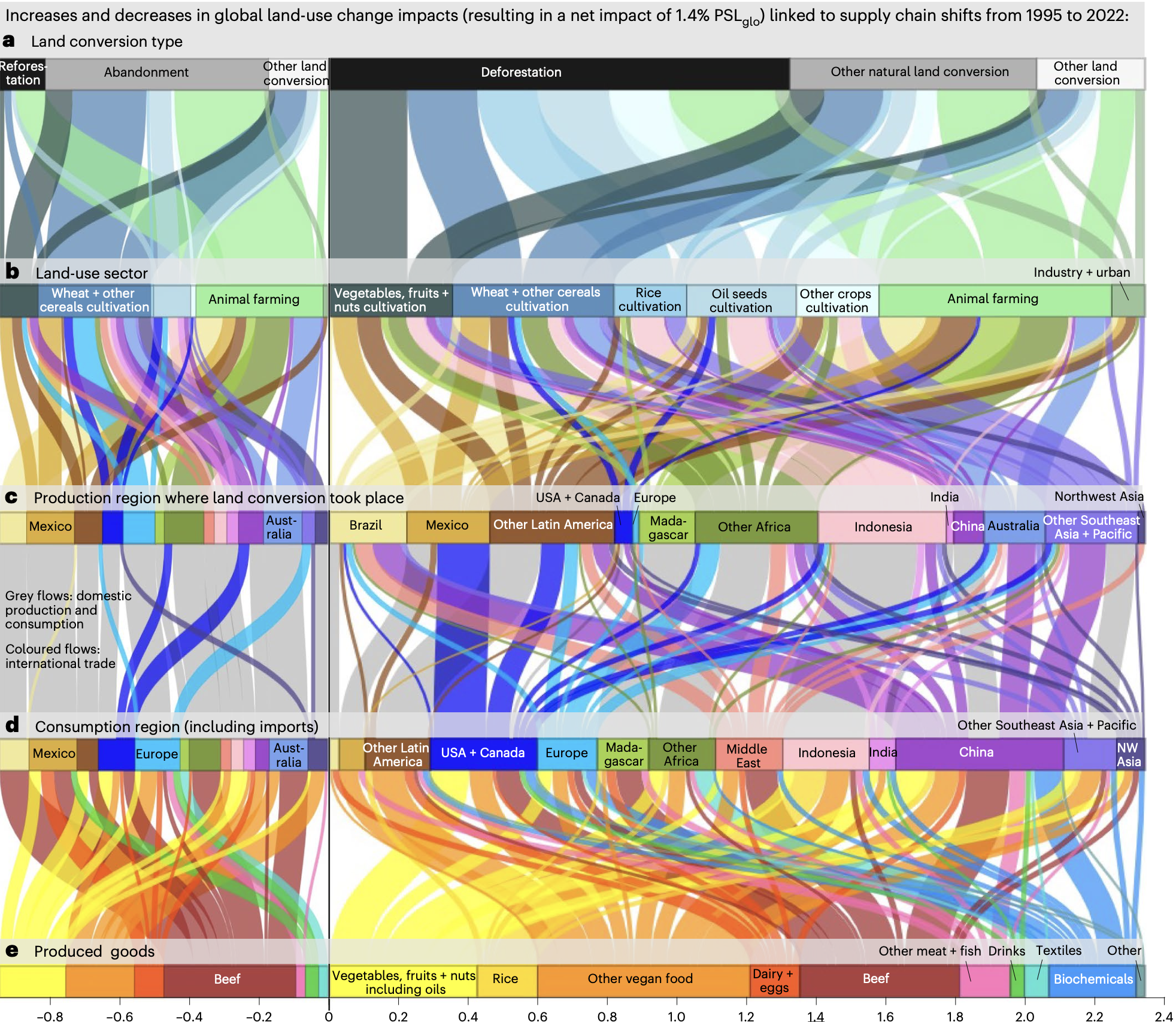
The dairy sector significantly impacts biodiversity through deforestation, land-use change, and resource depletion. Key factors include:
- Deforestation for Pastures: Tropical forests are cleared for grazing land.
- Feed Crop Production: Growing soy and corn for dairy cattle leads to habitat loss.
- Soil and Water Degradation: Waste from dairy operations contaminates ecosystems.
- Greenhouse Gas Emissions: Methane from cattle accelerates climate change, further harming biodiversity.
Urgent Action Needed
The study calls for immediate measures to prevent further biodiversity loss. These include stricter regulations on agricultural trade, transparent supply chains, and sustainable land-use practices. Key recommendations:
-
Protect Natural Areas
- Expand protected zones in the Amazon, Indonesia, and Madagascar.
- Ban deforestation in vulnerable ecosystems.
-
Sustainable Supply Chains
- Certify and label products linked to ecosystem destruction.
- Enforce strict import standards for commodities like palm oil and soy.
-
Economic Incentives
- Provide subsidies for farmers adopting sustainable practices.
- Impose taxes on products tied to ecological damage.
-
Reduce High-Impact Consumption
- Promote plant-based alternatives to dairy and meat.
-
Increase Supply Chain Transparency
- Implement real-time monitoring of land-use changes via digital tools.
-
Global Cooperation
- Establish international agreements to conserve biodiversity, akin to the Paris Climate Accord.
Conclusion
The biodiversity crisis demands urgent global action. Without transformative changes in trade and resource management, the future of Earth’s most vital ecosystems hangs in the balance.


